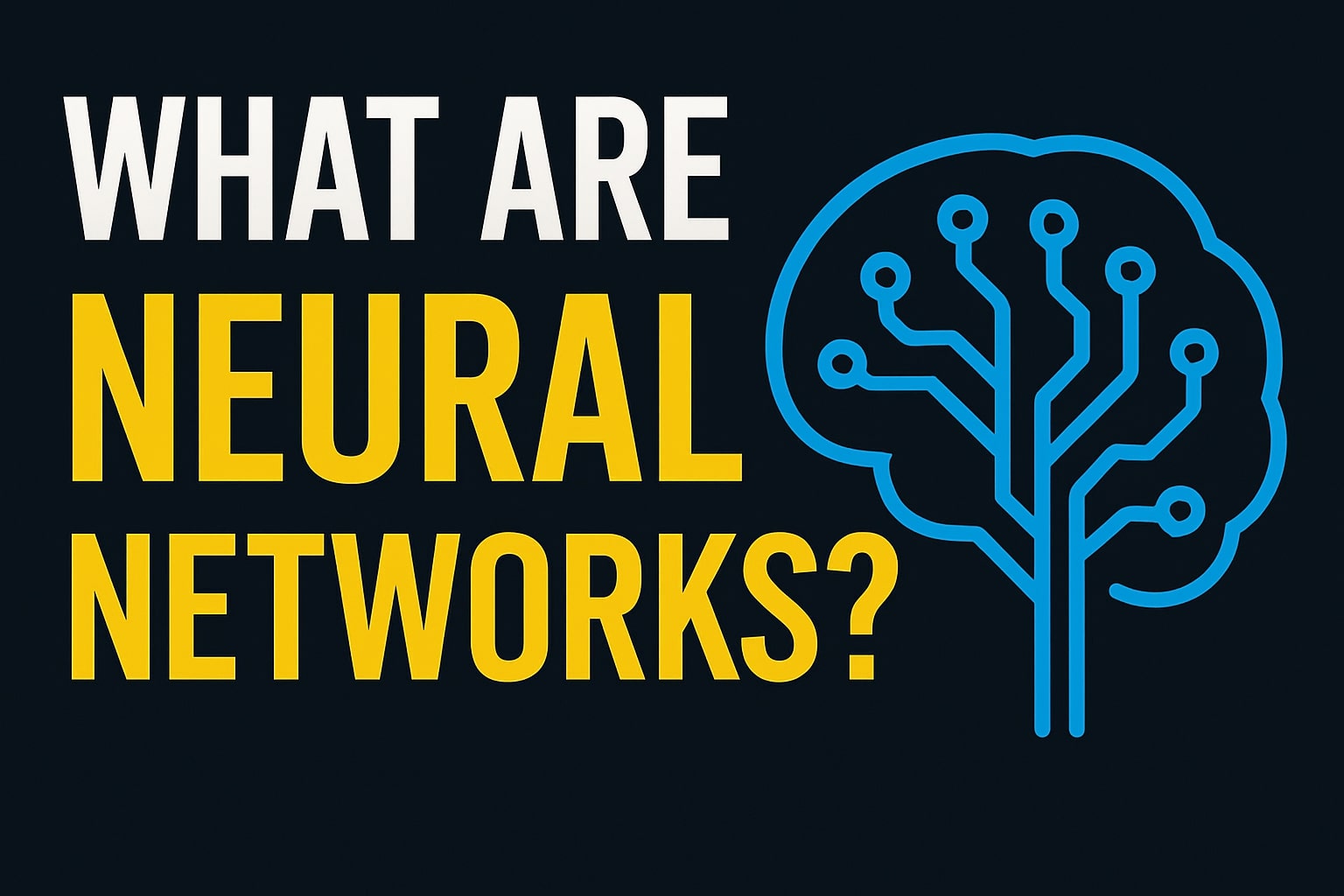Neural networks are the fundamental building blocks of the modern AI revolution. They power everything from the speech recognition on your phone to the recommendations on your streaming services. But what are neural networks, and how do they actually work? This guide breaks it down in simple terms.
What is a Neural Network?
An artificial neural network (ANN) is a computing system loosely inspired by the biological neural networks in animal brains. It’s a collection of interconnected nodes, called “artificial neurons” or “units,” that work together to process information and discover patterns in data. You can dive deeper into the theory in Stanford’s Neural Networks course notes.
The Brain Analogy: How Neural Networks Are Inspired by Biology
| Biological Brain | Artificial Neural Network |
| Neuron | Node or Unit |
| Synapse | Connection |
| Signal strength across a synapse | Weight |
| Neuron firing threshold | Activation Function |
Just as neurons in the brain receive signals from other neurons, nodes in a neural network receive data from other nodes. If the received signal is strong enough (passes a threshold), the node “activates” and sends a signal forward. This process allows neural networks to model complex behaviors.
How Does a Neural Network Learn? The Basic Process
The “learning” in a neural network happens by adjusting the weights of the connections between nodes. Here’s a simplified overview:
- 1. Input: Data is fed into the input layer (e.g., pixel values of an image).
- 2. Processing: The data is multiplied by weights and passed through hidden layers. Each layer extracts a higher-level feature (e.g., from edges → to shapes → to objects).
- 3. Output: The final layer produces a result (e.g., “this image is 95% a cat”).
- 4. Comparison: The output is compared to the correct answer, generating an error.
- 5. Backpropagation: The error is sent backwards through the network.
- 6. Adjustment: The algorithm updates the weights to improve accuracy.
- 7. Repeat: This process is repeated thousands or millions of times with huge datasets. More on this in IBM’s guide to neural networks.
Why Do Neural Networks Matter?
Neural networks matter because they excel at recognizing complex, non-linear patterns in data that would be impossible for humans to manually code. This makes them central to modern AI applications such as:
- Image and Video Recognition: Facebook’s photo tagging, self-driving car vision, and medical image analysis (Nature article).
- Natural Language Processing (NLP): Machine translation, chatbots, and sentiment analysis.
- Speech Recognition and Generation: Siri, Google Assistant, and deepfake audio.
- Predictive Analytics: Forecasting stock trends, weather, or disease outbreaks.
In essence, neural networks are a powerful tool for turning raw data into intelligence. They enable machines to perceive, learn, and make decisions in ways that were once science fiction. For an accessible deep dive, check out MIT’s AI lectures.
See the bigger picture: Neural networks are the foundation of Deep Learning. Learn about the difference in our guide to Machine Learning vs. Deep Learning.
